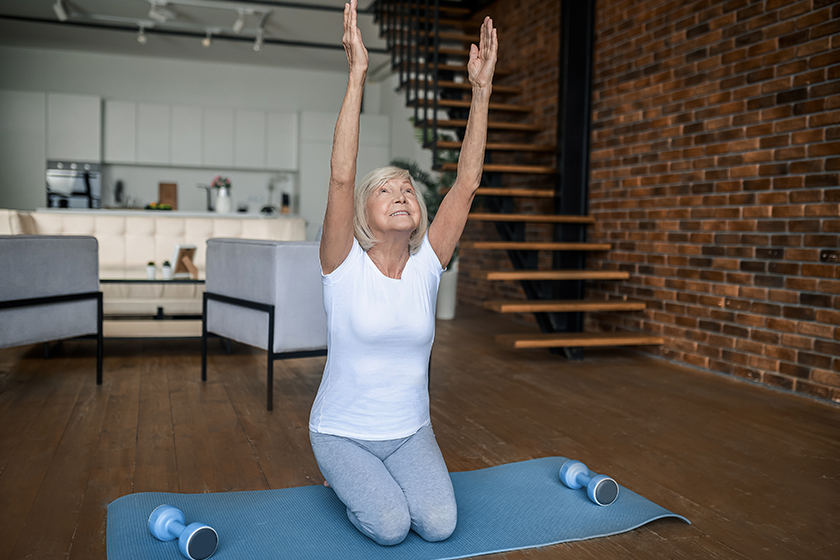A key component of maintaining independence as you age involves preserving your ability to move freely and safely. In seniors’ fitness programs, balance exercises play an important role in achieving this goal. These exercises help individuals improve their posture, strength, and coordination, reducing the risks that come with common challenges like falls.
Engaging in structured balance routines not only promotes physical health but also boosts mental well-being. This article will explore why balance exercises should be a regular part of any fitness program for older adults.
Boosting Mobility and Independence
The benefits of balance exercises extend beyond physical strength; they enhance the freedom to perform everyday tasks with confidence. The elderly often face challenges with mobility due to muscle weakening or joint stiffness. Balance exercises counteract these issues by strengthening and stabilizing muscles and improving coordination.
As a result, activities like climbing stairs, walking, or bending to pick up objects become less difficult. When these basic tasks become easier, it directly improves your sense of independence, allowing you to navigate daily life with greater ease.
Reducing the Risk of Falls
One of the most significant risks faced by older adults is the potential for falls, which can result in serious injuries such as fractures or head trauma. Balance exercises have been shown to significantly reduce the likelihood of falls. They work by improving the stability and reaction time needed to prevent a fall before it happens.
Enhancing Overall Quality of Life
Balance exercises do more than just enhance physical health; they also have a positive impact on emotional and social well-being. Engaging in regular physical activity, including balance exercises, helps improve mood, increase energy levels, and even sharpen mental focus.
Many residents who participate in these exercises report feeling more engaged with life and are more likely to interact socially, whether through community events or family gatherings. Additionally, exercises like Tai Chi and heel-to-toe walking are not only beneficial for balance but also help stimulate cognitive functions, such as memory and spatial awareness.
Effective Balance Exercises to Include
There are many ways to incorporate balance exercises into a fitness routine. Simple activities can make a big difference in improving balance and coordination. Here are a few examples:
- Single Leg Balance: This exercise involves standing on one leg while holding onto a stable surface for support. It can be done for 30 seconds on each leg and gradually increased over time.
- Heel-to-Toe Walk: In this exercise, walk in a straight line with one foot placed directly in front of the other. This helps improve coordination and stability.
- Tai Chi: A low-impact form of exercise, Tai Chi involves slow, controlled movements that enhance balance and flexibility while calming the mind.
- Chair-Assisted One-Leg Stands: While seated, lift one leg off the floor and hold it for several seconds. This strengthens the stabilizing muscles in the legs and core.
How Our Retirement Community Supports Active Living
Our exclusive programs offer residents the opportunity to participate in various fitness activities, including balance exercises. Through our daily activities and community events, residents can maintain mobility and enhance their overall quality of life.
By being part of our supportive environment, individuals can also access services like physical therapy and wellness programs that help improve balance and prevent falls.







